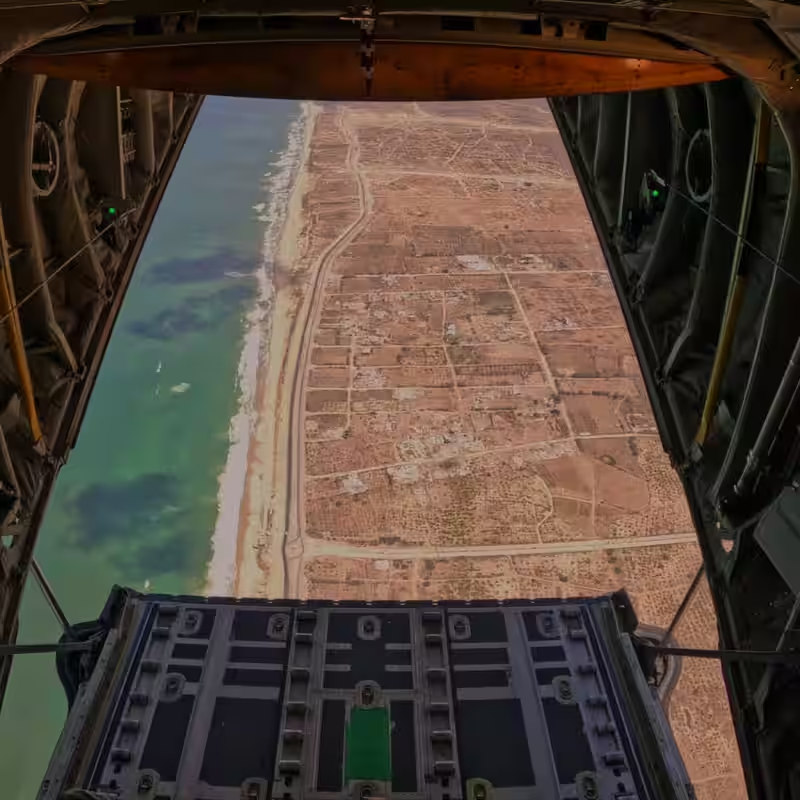Table of Contents
- A Society Shattered by War
- The Human Toll: Physical and Psychological
- Infrastructure in Ruins
- Children of the Conflict
- Glimmers of Hope
- Sources
A Society Shattered by War
Two years into one of the most intense military campaigns in modern history, Gaza is a place unrecognizable from what it once was. What remains is not just a landscape of rubble—but a Gaza where families are fractured, institutions have collapsed, and daily survival is a triumph in itself.
Entire neighborhoods have vanished. Schools, hospitals, mosques, and markets—once the heartbeat of community life—lie in ruins. With over 60% of housing units destroyed or damaged, according to UN estimates, hundreds of thousands of Gazans now live in makeshift tents, overcrowded shelters, or the skeletal remains of their former homes.
The Human Toll: Physical and Psychological
The war has left deep wounds—both visible and invisible. Tens of thousands have been killed, including more than 15,000 children. For those who survived, trauma is universal.
“Every child I see flinches at loud noises,” says Dr. Amina Khalaf, a pediatrician working with Médecins Sans Frontières in Khan Younis. “Many haven’t spoken in months. Others wet their beds or have panic attacks when planes fly overhead.”
Physical injuries are equally devastating. Amputations without proper prosthetics, untreated burns, and chronic infections are common due to the near-total collapse of Gaza’s healthcare system. Only 17 of the territory’s 36 hospitals remain partially functional—and most lack electricity, clean water, and basic medicines.
Key Health and Humanitarian Indicators in Gaza (October 2025)
| Category | Statistic |
|---|---|
| Estimated deaths | Over 45,000 |
| Children killed | More than 15,000 |
| Homes destroyed | Approx. 300,000+ units |
| Displaced persons | 1.9 million (out of 2.3 million total) |
| Functional hospitals | 17 of 36 (partial operations) |
| Children with PTSD symptoms | Estimated 80% in surveyed camps |
Infrastructure in Ruins
Beyond the human cost, Gaza’s civic skeleton has been dismantled. Sewage systems overflow into streets. Clean water is scarce—many rely on contaminated wells or trucked-in supplies. Power is intermittent, if available at all. Education has ground to a halt: over 90% of schools are damaged or repurposed as shelters.
“We’re not just rebuilding buildings,” says engineer Omar Nasser, who lost his home and two brothers in an airstrike. “We’re trying to rebuild trust—in safety, in tomorrow, in each other.”
Gaza’s Children: A Lost Generation?
Perhaps the most haunting legacy of this war is its impact on children. Many have known nothing but conflict. Some have never held a pencil; others can’t remember what a full meal tastes like.
UNICEF reports that over 17,000 children are unaccompanied or separated from their families. Child labor has surged as families struggle to survive. And with no safe playgrounds or schools, many children spend their days scavenging for firewood or metal scraps to sell.
Yet amid the despair, resilience flickers. In a tent in Rafah, 10-year-old Layla draws pictures of olive trees and blue skies—“for when we go home,” she says. Her teacher, using chalk on a salvaged board, holds class under a tarp. “We teach hope,” the teacher explains, “because without it, we have nothing.”
Glimmers of Hope
As peace talks resume in Egypt, many Gazans cling to the possibility of a ceasefire—not as an end, but as a beginning. Aid workers stress that immediate humanitarian access is critical, but long-term recovery will require massive investment, political will, and above all, security.
“We don’t need pity,” says Fatima Al-Zahra, a mother of four living in a tent near Deir al-Balah. “We need peace. We need to bury our dead with dignity. We need our children to dream again.”
For now, Gaza endures—not with grand declarations, but with quiet acts of courage: a shared loaf of bread, a whispered lullaby, a hand reaching out in the dark. In a place where survival itself is resistance, hope is not naive—it’s necessary.




